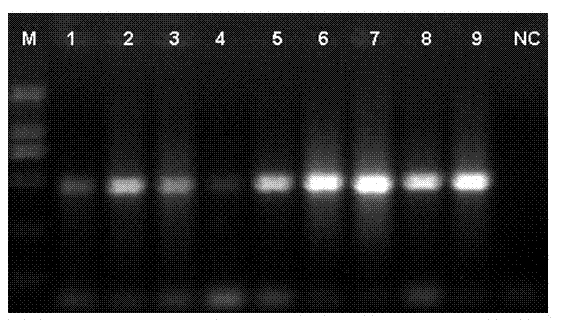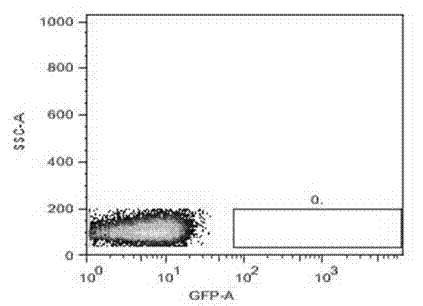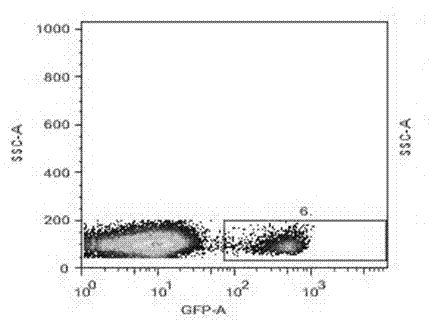Mouse-tail DNA (deoxyribose nucleic acid) extraction kit applicable to the genotype of laboratory mouse and application thereof
A kit and genotype technology, applied in the field of accurate genotype identification of experimental mice, can solve the problems of increasing experimental costs, reagent costs, labor costs, overnight steps, unfavorable funds, etc., and achieve simplified routine extraction processes, reliable results, The effect of protecting integrity
- Summary
- Abstract
- Description
- Claims
- Application Information
AI Technical Summary
Problems solved by technology
Method used
Image
Examples
Embodiment 1
[0020] Embodiment 1: kit preparation
[0021] Solution A 40ml: Take 100μl 10N NaOH solution and place it in a 50ml plastic container, then add 160μl 0.5M EDTA solution and 39.74ml ddH 2 O, mix well.
[0022] Solution B 40ml: Take 1.6ml 1M Tris solution and place it in a 50ml glass container, add 38.4ml ddH 2 O, mix well, pH 7.6.
Embodiment 2
[0023] Example 2: Genotyping of Foxp3-GFP knock-in mice with C57B / 6 background (that is, knocking in green fluorescent protein into the mouse to make it linked with the Foxp3 gene, so that all cells expressing green fluorescence are Foxp3-positive cells)
[0024] Foxp3-GFP knock-in adult mice paired with C57B / 6 background were donated by Harvard Medical School (purchased from Jackson Laboratory, USA), and placed in the Experimental Animal Center of the Third Affiliated Hospital of the Third Military Medical University according to the SPF animal standard. , Foxp3 gene identification was carried out after the young mice were weaned and separated into cages;
[0025] (1) Take 0.2-0.5cm tissue from the mouse tail tip and place it in a 1.5ml EP tube;
[0026] (2) Add 180μl solution A;
[0027] (3) 100°C for 30 minutes;
[0028] (4) Take out the EP tube and bathe in ice for 2 minutes;
[0029] (5) Add 180μl B solution and mix well;
[0030] (6) Store at 4°C for genotype identif...
PUM
 Login to View More
Login to View More Abstract
Description
Claims
Application Information
 Login to View More
Login to View More - R&D
- Intellectual Property
- Life Sciences
- Materials
- Tech Scout
- Unparalleled Data Quality
- Higher Quality Content
- 60% Fewer Hallucinations
Browse by: Latest US Patents, China's latest patents, Technical Efficacy Thesaurus, Application Domain, Technology Topic, Popular Technical Reports.
© 2025 PatSnap. All rights reserved.Legal|Privacy policy|Modern Slavery Act Transparency Statement|Sitemap|About US| Contact US: help@patsnap.com



